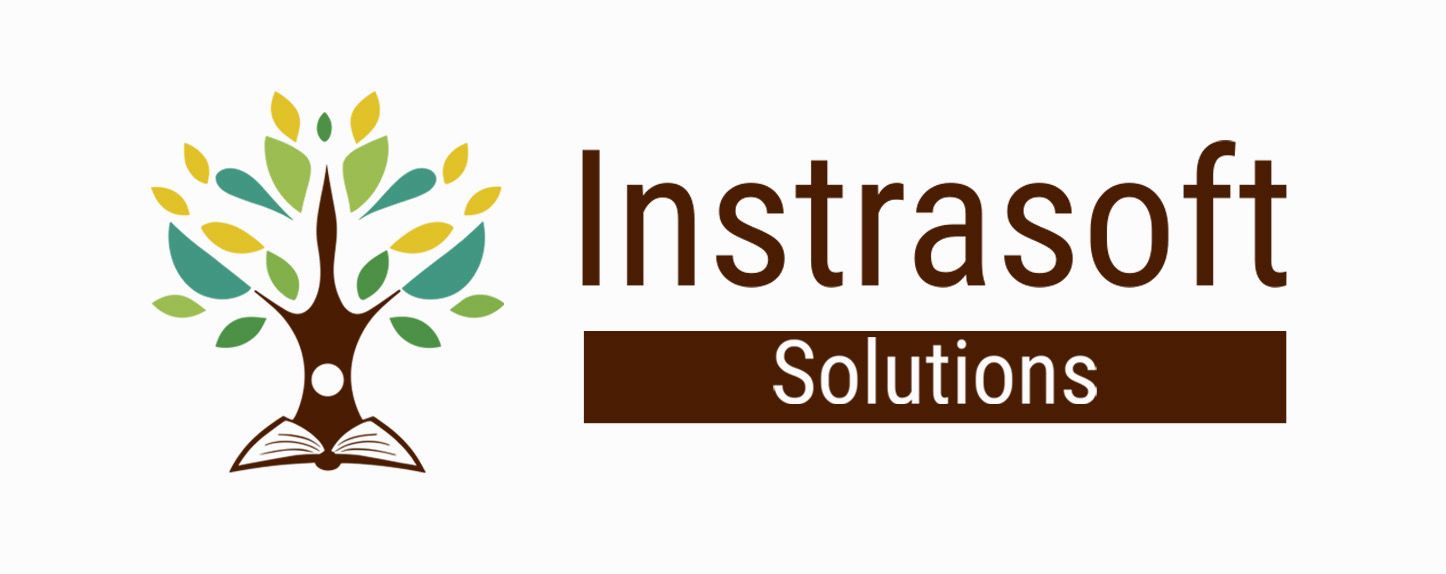Tax deduction for individuals
Different amount of tax exemptions are allowed under different sections. So, below we have explained the exemptions allowed under these sections to give more clarity on these deductions.
Sections 80C is the most famous section for tax exemptions because of a large amount of the tax exemption allowed in this section. Under section 80C, Rs 1,50,000 is allowed for tax exemption every financial year. But the number of investments and expenditures on which the deductions are allowed is large. Some are discussed below: -
Equity-linked savings scheme (ELSS): Investment up to Rs 1,50,000 per year is eligible for tax deductible under section 80C of the Income Tax Act. However, there is a lock-in period of 3 years during which an investor can’t redeem, transfer or pledge the units.Equity Linked Saving Schemes Investments Equities Lock-in Period 3 years Type Open-ended and Close-ended Options Growth and Dividend Tax deduction U/S 80C Rs 1,50,000 Taxation No Long-term Capital Gain Tax if the investment period is more than 1 Year.
Public Provident Fund Tenure 15 years Minimum investment Rs 500 Max Investment Rs 1,50,000 Risk Low Current Interest Rate ~7.8% p.a. Premature Withdrawals One withdrawal is allowed every year from 7th year Compounding of interest Yearly Tax on returns Tax-free (EEE status) Tax Saving u/s 80 C on Investment Max Rs 1,50,000 under section 80C.
Sukanya Samriddhi Yojana: Parents or a legal guardian of a girl child can open this account till she attains the age of 10 years. The investment up to Rs 1,50,000 in Sukanya Samriddhi Yojana is allowed for deduction under Section 80C. This scheme gives higher interest than other fixed investments and enjoys triple E status, which means investments, interest earned and maturity amount is not taxable.
National Saving Certificate (NSC): The investment up to Rs 1,50,000 in NSC is entitled to a deduction under Section 80C. Additional, the interest is accrued yearly, but the interest earned is taxable, however, taxed at maturity.
Five-year bank fixed deposits (FDs) and post office deposits (POTD): The maximum investment of Rs 1,50,000 per year in five years FDs with certain banks is eligible for exemption under section 80C. Similarly, a maximum investment of Rs 1,50,000 in five years POTD qualifies for exemption under Section 80C. However, interest accrued on both the schemes is entirely taxable.
Life insurance premiums: Life insurance premium of self, spouse and any child’s insurance are also tax deductible under section 80C. In addition, the amount received on maturity of the policy is also not taxable.
Home loan principal repayment: The repayment of principal of a home loan is tax deductible under section 80C. The maximum deduction of Rs 1,50,000 is allowed per financial year.
Stamp duty and registration charges for a home: Similarly, the Stamp duty and registration charges are also eligible for deduction under Section 80C. The maximum deduction is limited to Rs 1,50,000.
Tuition fees of Children: Deduction of up to Rs 1,50,000 per financial year is allowed on tuition fees of any two children. However, the deduction is not allowed on part-time courses and private tuitions/coaching classes. In addition, development charges, transport charges, hostel charges, library fees, late fees etc. are not tax deductible. The tax exemption is allowed only on basic tuition fee.
Deductions under Section 80CCD
To encourage the investors to invest for retirement in Nation Pension Scheme, the government allowed addition tax deduction of Rs 50,000 under section 80D.
Deductions under Section 80D
The medical insurance premium of up to Rs 25,000 of self, spouse and dependent children are tax deductible. In addition, a person can also avail the tax deduction on the medical insurance premium he/she is paying. A maximum deduction of Rs 25,000 is allowed, if the parents are not senior citizen and if the parents are senior citizen, then an additional tax deduction of Rs 5,000 is allowed on medical insurance premium that a person is paying.
Furthermore, if the parents (uninsured parents) are more than 80 years old, then the medical expenditure incurred is also tax deductible under section 80D. The maximum deduction on medical expenditure is Rs 30,000. However, the total deduction for health insurance premium and medical expenses for parents is limited to Rs 30,000.
